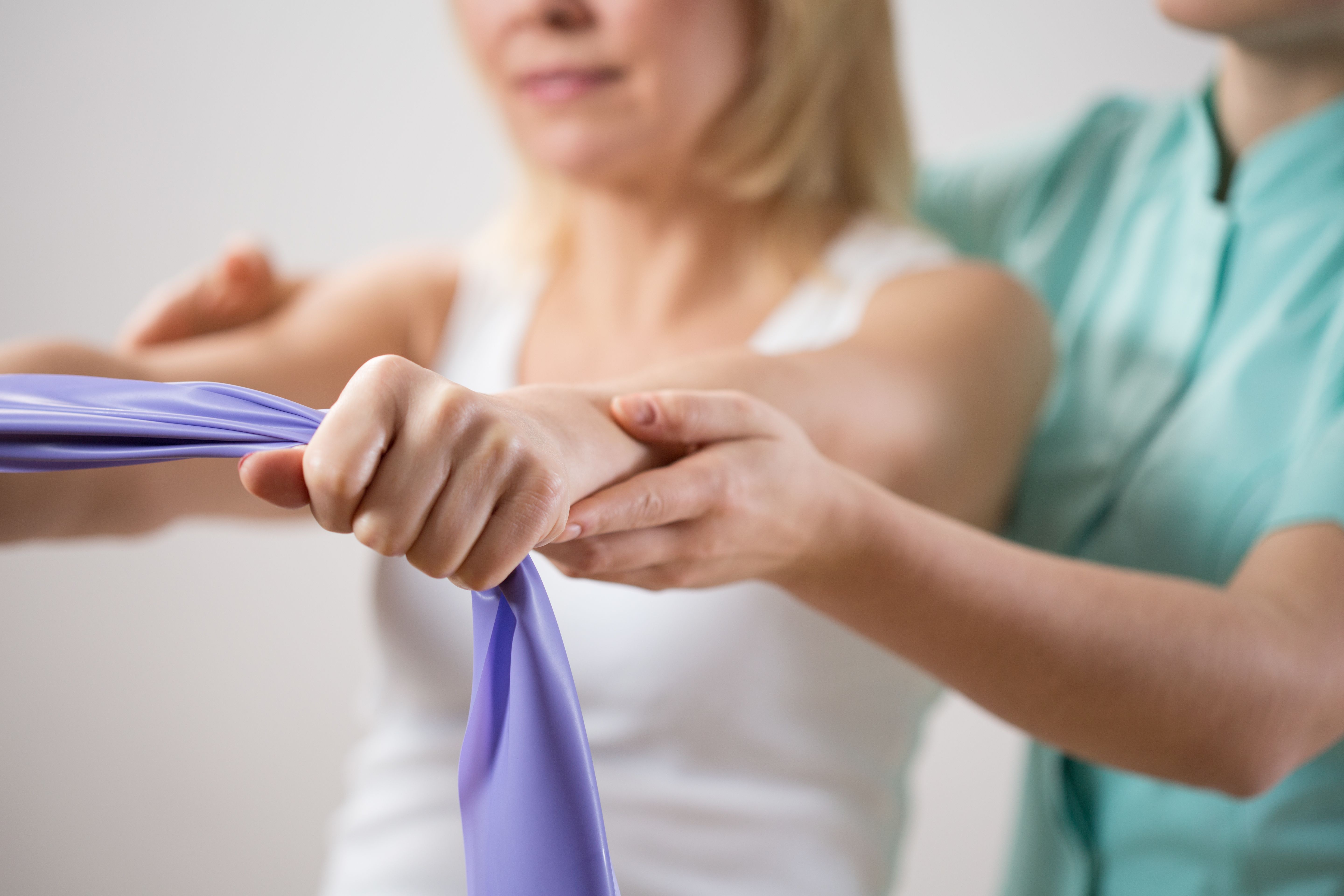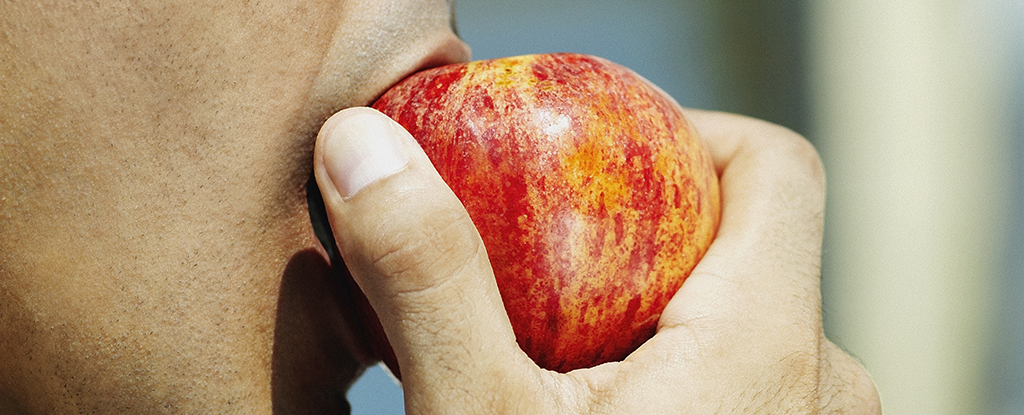Low-calorie Mediterranean diet, physical activity may slow BMD decline for older women

April 08, 2025
2 min read
Key takeaways:
- Older adults partaking in a reduced-energy Mediterranean diet and increased physical activity had higher BMD at the lumbar spine at 3 years than controls.
- The association was significant for women, but not men.
Older adults eating an energy-reduced Mediterranean diet and partaking in a physical activity intervention had higher bone mineral density at the lumbar spine at 3 years than those eating an ad libitum Mediterranean diet, researchers wrote.
In a prespecified secondary analysis of the PREDIMED-Plus trial, researchers assessed BMD levels at 1 year and 3 years in adults aged 55 years or older with overweight or obesity at baseline who met at least three metabolic syndrome criteria. Researchers found BMD at the lumbar spine was significantly lower at 3 years for adults eating the energy-reduced Mediterranean diet than those in the control group. However, the association was only significant among women, and no difference in the percentage of adults with low BMD was observed between the two groups.

Infographic content were derived from Vázquez-Lorente H, et al. JAMA Netw Open. 2025;doi:10.1001/jamanetworkopen.2025.3710.
“Recommending an energy-reduced Mediterranean diet, when combined with physical activity, may serve as a viable strategy to preserve bone health in older adults, particularly for postmenopausal women at elevated risk of osteoporosis,” Jesús F. García-Gavilán, RD, PhD, assistant professor and biostatistician; and Jordi Salas-Salvadó, MD, PhD, professor in the human nutrition unit, department of biochemistry and biotechnology at Universitat Rovira i Virgili in Tarragona, Spain, told Healio. “While these novel results underscore the potential benefits of this approach, recommendations should be individualized, and additional long-term research is needed before it can be widely implemented.”
In PREDIMED-Plus, DXA scans were conducted at four of the 23 participating centers. The secondary analysis included 924 older adults who had DXA scan data available and met the trial’s criteria for metabolic syndrome (mean age, 65.1 years; 49.1% women). DXA scans were conducted at baseline, 1 year and 3 years. Low BMD was defined as having a T score of –1 or worse at any of the total femur, lumbar spine and femoral trochanter sites.
BMD change
At 3 years, adults participating in the reduced-energy diet and physical activity intervention group had a 0.9 g/cm2 higher increase in BMD at the lumbar spine than those in the control group (P = .05). Among women, the intervention group had a 1.8 g/cm2 greater increase in lumbar spine BMD than women in the control group (P = .005). No difference in lumbar spine BMD change was observed among men.
García-Gavilán and Salas-Salvadó said the investigators were surprised to see different associations between men and women.
“This suggests that biological differences may modulate the impact of lifestyle interventions on bone health, highlighting the importance of considering sex-specific factors in future research,” García-Gavilán and Salas-Salvadó said.
The percentage of older adults with low BMD was similar between the intervention and control groups. There was also no difference between the groups in total bone mineral content.
In an intention-to-treat analysis, women in the intervention group had a 1 g/cm2 higher increase in total femur BMD (P = .05), a 2.2 g/cm2 higher increase in lumbar spine BMD (P = .05), and a 1.4 g/cm2 larger increase in femoral trochanter BMD (P = .01) at 3 years than women in the control group.
Further research needed
The researchers said more studies are needed to understand the mechanisms that led to different associations between men and women in the study.
“Additionally, long-term studies with larger and more diverse populations are warranted to confirm these findings, additionally preventing long-term concomitant weight gain and total bone mineral content loss and to explore the sustainability and broader clinical applicability of the intervention for maintaining or even improving bone health in aging populations,” García-Gavilán and Salas-Salvadó said.
For more information:
Jesús F. García-Gavilán, RD, PhD, can be reached at [email protected].
Jordi Salas-Salvadó, MD, PhD, can be reached at [email protected]; X: @JordiSalasSalva; Instagram: @Salassalvado.
link







